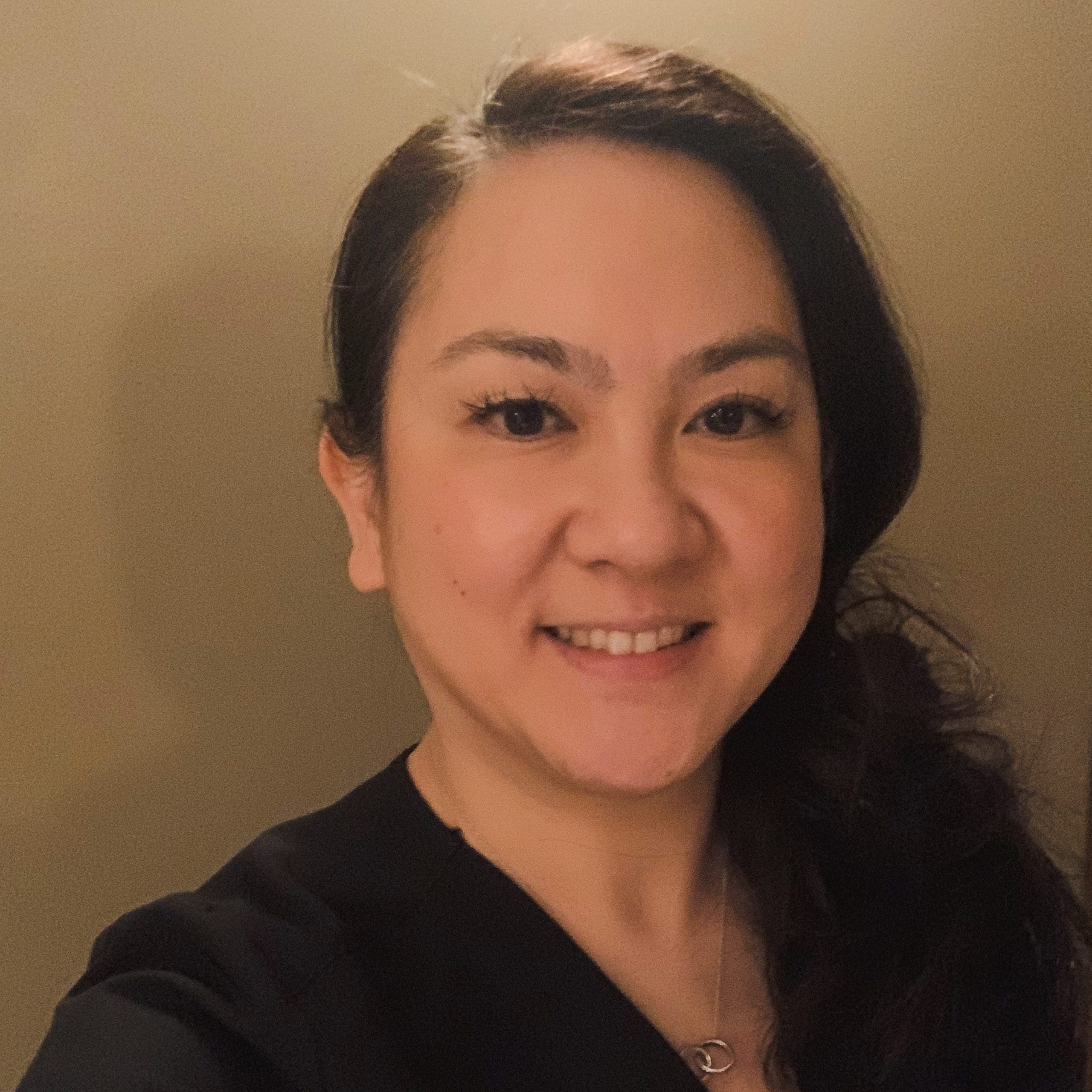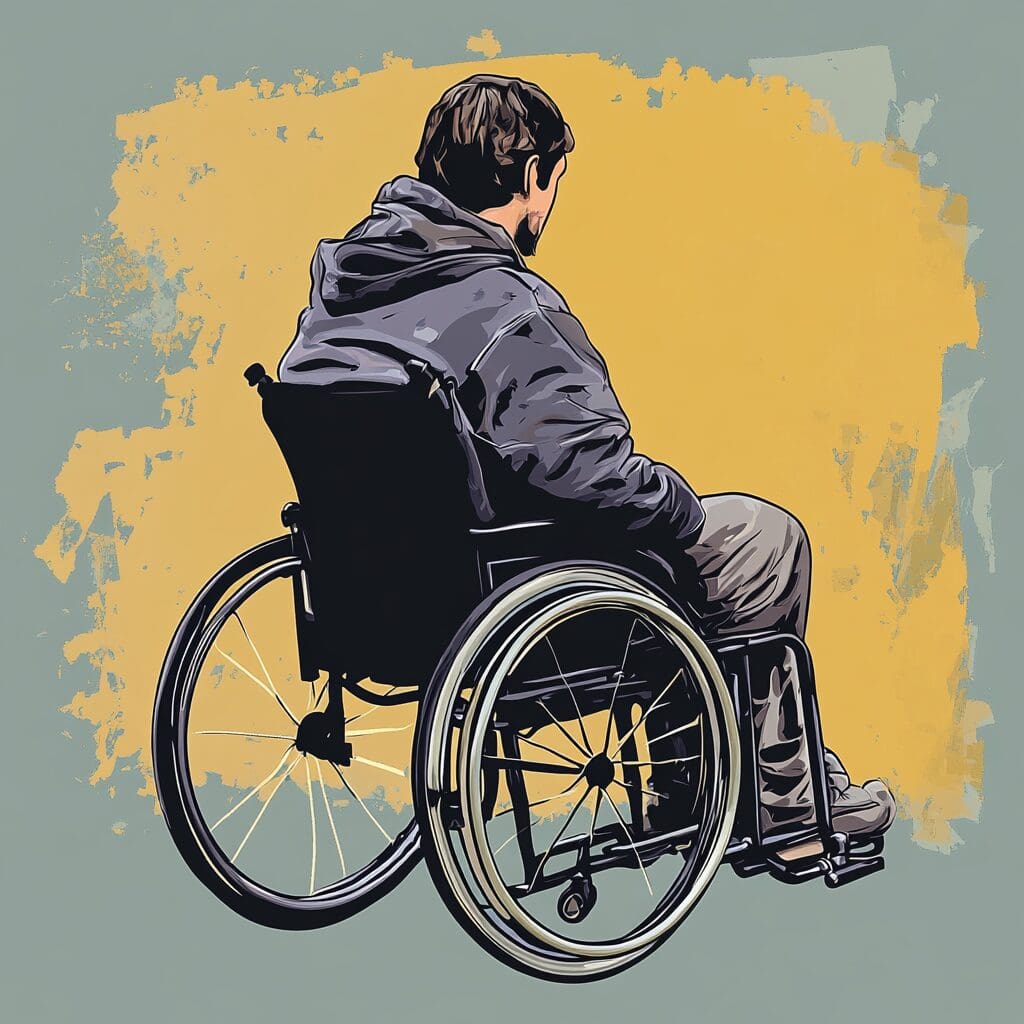Surgery is often the first step toward healing, but the path to full recovery doesn’t end when you leave the hospital. For many post-operative patients, a frustrating and often painful experience follows: stiffness.
Whether you’ve undergone cosmetic surgery, joint repair, or cancer-related procedures, it’s common to feel tight, swollen, and restricted in movement during recovery. This stiffness isn’t just uncomfortable. Left unaddressed, it can slow healing, impact mobility, and affect overall quality of life.
Fortunately, there are effective, noninvasive ways to help ease this tension and restore comfort. At The Healing Oak, our massage therapists specialize in techniques like Manual Lymphatic Drainage (MLD), which gently supports the body’s healing process, especially for post-surgical and lymphedema patients.
Understanding Post-Surgical Stiffness
Why do you feel so stiff after surgery? It’s not just your imagination. Stiffness occurs for several physiological reasons. First, surgery triggers your body’s natural inflammatory response. Swelling and fluid accumulation can limit movement and cause tissues to feel tight.
At the same time, as your body repairs itself, scar tissue begins to form. This tissue, while essential for healing, can restrict flexibility and impact how skin, muscles, and fascia move together. Additionally, your lymphatic system, responsible for removing cellular waste and excess fluid, can become congested or disrupted due to trauma from the surgery. As a result, you may experience localized swelling (edema), heaviness, and a sense of tightness in the affected area.
Often, patients also experience a phenomenon called “guarding,” where surrounding muscles tense up to protect the injured area, leading to stiffness in broader body regions. These effects can make daily movements—like standing up, reaching overhead, or turning your head—feel limited or painful. Over time, this lack of movement can create a chain reaction of compensation and misalignment, making it even harder to recover fully.
How Massage Therapy Helps
Massage therapy, particularly Manual Lymphatic Drainage (MLD), is a gentle and effective approach to managing post-surgical stiffness. At The Healing Oak, we use a holistic lens to integrate hands-on techniques with evidence-informed care tailored to your body’s needs.
Manual Lymphatic Drainage (MLD) is a gentle technique that supports lymph flow, reducing swelling and improving nutrient delivery to healing tissues. It is especially beneficial for post-surgical and lymphedema patients.
Here are six ways massage therapy can help:
- Stimulating the Lymphatic System
- Enhancing Circulation
- Releasing Fascial Restrictions
- Softening Scar Tissue
- Relieving Muscle Guarding
- Supporting Emotional Well-Being
Beyond physical benefits, massage creates space for emotional healing. The act of receiving care can be grounding, especially after a stressful or traumatic experience like surgery.

Who Benefits from Post-Surgical Massage?
Massage therapy can benefit patients recovering from a wide range of surgeries. This includes individuals healing from cosmetic procedures like facelifts or liposuction, orthopedic interventions such as knee or hip replacements, and surgeries related to cancer care, including mastectomies and lymph node removal. Abdominal and pelvic surgeries, as well as trauma-related interventions, are also commonly supported with massage.
Massage therapy is especially helpful if you’re experiencing persistent swelling, limited mobility, discomfort due to immobility, or tightness from scar tissue. For lymphedema patients, MLD is often a cornerstone in managing symptoms and preventing further complications.
The Role of Movement and Self-Care in Recovery
While massage therapy offers targeted, hands-on relief from post-surgical stiffness, it works best when paired with gentle movement and mindful self-care at home. Staying still for too long can actually slow lymph flow and cause muscles to become even more rigid.
Incorporating safe, guided motion helps your body re-establish natural movement patterns and reduce compensatory strain. Simple activities like short walks, slow stretching, and diaphragmatic breathing can promote circulation and reduce stagnation. When done regularly, these practices support the body’s natural healing rhythm and extend the benefits of your massage sessions.
Think of healing as a partnership between professional support and your own daily habits. Small, consistent movements can have a big impact over time.
Hydration is also a vital part of recovery. Drinking enough water supports lymphatic flow and tissue regeneration. Pairing hydration with whole foods, rest, and positive emotional support forms the foundation of holistic healing.
Your therapist may offer customised self-care guidance between visits, whether it’s a tip for reducing puffiness, stretches to ease tightness, or mindset strategies for staying grounded. When your care is integrated, healing becomes more than symptom relief. It becomes a return to balance, strength, and confidence in your body.

Supporting Your Healing, Naturally
Recovery from surgery doesn’t have to mean living with stiffness, swelling, or discomfort. With the right support, your body can regain ease, mobility, and comfort. At The Healing Oak, we believe healing is both a physical and emotional process, and our therapists are here to guide you through it—gently and holistically.
If you’re navigating post-surgical recovery or managing lymphedema symptoms, massage therapy may be the missing piece in your care plan. Ready to experience relief and regain your range of motion? Book a consultation today and discover how our personalized approach can support your recovery.

Mima Kakiuchi, RMT
is a Registered Massage Therapist practising at The Healing Oak Abbotsford
Ready for a change?
FAQ'S
Is massage therapy safe after surgery?
Yes, when performed by a trained professional, massage therapy is safe and beneficial. We always begin with a consultation and may require physician clearance for certain procedures.
What is Manual Lymphatic Drainage (MLD)?
MLD is a specialized, gentle massage technique that supports the lymphatic system in clearing fluid buildup and reducing swelling. It’s especially effective for post-surgical and lymphedema patients.
When can I start massage therapy after surgery?
Timing depends on your surgery type and healing progress. Some therapies can begin within days; others may require a few weeks. We work closely with you and your care team to determine the best start time.
Does MLD hurt?
No. MLD is very light and rhythmic. Unlike deep tissue massage, it should never be painful. Patients often find it soothing and relaxing.
How many sessions will I need?
This varies. Some patients see results in just a few sessions, while others benefit from ongoing care over several weeks. We adjust your plan as your recovery evolves.

